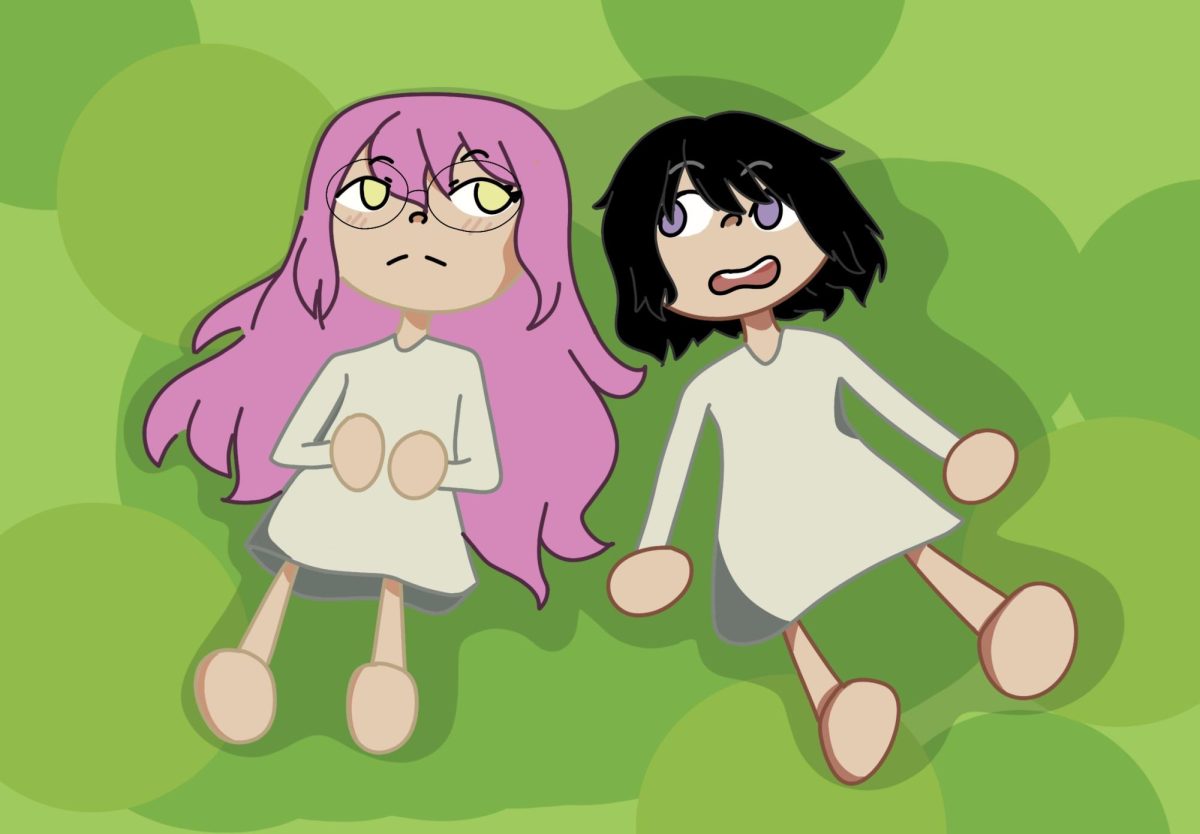With the ups and downs of fashion trends, we’ve gone through many aesthetics in a short period of time. Microtrends have been popular like never before. These trends go down the drain because of new ones just around the corner. These shiny new microtrends taking over social media have had negative effects on us students and our environment.
A microtrend, as defined by TrendBible, “is a niche or industry specific consumer behavioral trend which is mass market ready and actionable.” With the growth of microtrends, fashion can age like milk. The clothes that were trendy just a month ago can turn into clothes only an out-of-touch boomer would wear. Fast fashion makes people buy new clothes quicker, even though they already have clothes in good condition.
Microtrends can also harm someone’s sense of style. Wearing sambas, jorts, and jerseys and then changing it up the next day just because it died down won’t help people develop their own styles. Developing our own style with or without outside influences can help us develop our own identity instead of morphing ourselves like a chameleon to fit the new trends. While things like jeans and a little black dress are timeless, the temporary quality of microtrends contributes to the chameleon effect.
Microtrends aren’t sustainable. Junior Ciel Speckman says part of the problem is that “…a lot of people use the excuse of ‘Oh, all these companies are bad. And so I’ll support the worst companies because all companies are bad.’” Speckman also thinks microtrends were made to encourage consumers’ spending, and used the example of the infamous collectable plush toys Labubus. These fluffy little gremlins have taken the internet by storm recently, worn by nearly every celebrity from Paris Hilton to Blackpink’s Lisa. Labubus come in blind boxes, meaning that there’s a chance that you won’t get the one you want. This leads people to buy more and more of them, throwing away the ones that they don’t need. Does this ring a bell? This is an example of classic consumerism.
Speckman said they agree that fashion is still personal: “It just takes someone who wants to express their personal style to move it forward and then other people will follow.”
When asked about current fashion trends on campus, junior Will Damen said he, “really only [sees] positive trends.” He also said he wears what he feels is comfortable and the people he’s around feel the same. Freshman Dari Strubinova has opposite opinions, stating that she doesn’t prefer basic clothing. When asked if she thought fashion was becoming more performative recently, Strubinova said “It really depends, but I would say most people are performative. Whatever they wear is purely because of trends…they think ‘Oh the popular girls are wearing this, this is so cool, I should wear this!’ Not because they like it, [but] because everyone else likes it.”
Strubinova said she thinks her fashion style somewhat expresses her: “I would say maybe [it expresses me only] a little, because I’m still not wearing my favorite style openly. Like Lolita…I can’t wear it everyday…because people just wouldn’t understand it.” Lolita is a Japanese subculture inspired by Victorian and Rococo clothing, with ruffly dresses and an emphasis on femininity. Subcultures like these are quite different from the ever-repeating cycle of microtrends as they don’t fall out as quickly as they came in. Subcultures like punk, goth, and hippies have existed because of a common belief or interest. These subcultures are long-lived and have quite an extensive history, unlike microtrends.
When asked about the rise of performative fashion, Damen and Speckman both agreed on the fact that they don’t like it. Speckman said, “…I’m not too much of a fan, but I accept that it’s just a part of culture that we can’t really get rid of because it’s human nature.”
These microtrends are a byproduct of capitalism and overconsumption. These fashion fads come and go, eating up money and leaving whenever companies decide that they’ve lived long enough. This cycle repeats itself over and over again, starting with the birth of a new trend and ending right after its peak. It’s clear why microtrends are inherently bad: it fans the flames of consumerism already towering above the public’s heads. But we as a society can encourage the styles of our youth, making sure that they won’t fall into a mash of the latest trends, but instead flourish as a varied culture, basic or not.


